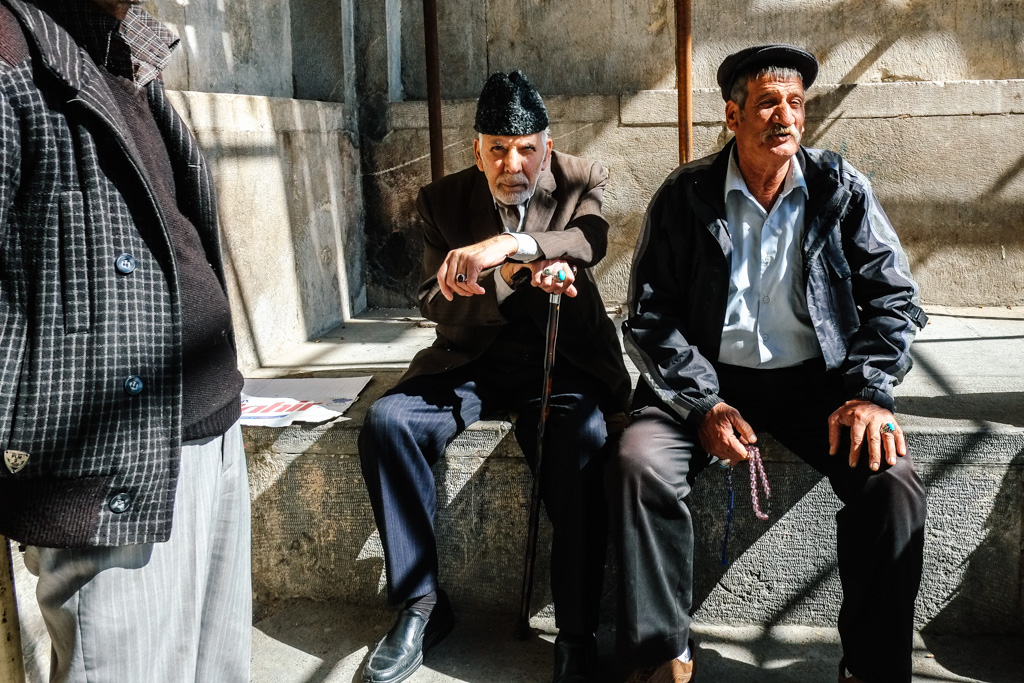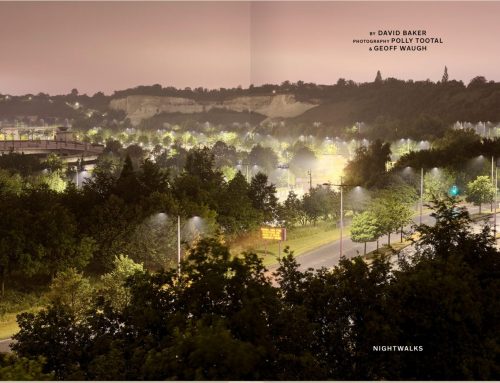How Iranians see their part in Persia’s 2,500-year story
Financial Times, 30 September 2000
On a quiet day, the mausoleum of Ayatollah Seyed Ruhollah Musavi Khomeini looks like an airport terminal where all the flights have been cancelled. People lie dozing on the industrial floor, prefabricated pillars prop up a utilitarian ceiling, harsh halogen lights shine on the Imam’s coffin, where he lies next to his son, Hojjat-ol-Eslam Ahmad Khomeini, who was assassinated in 1995.
Outside, two gaudy minarets could have come straight from Disneyland and, at the souvenir shop, a bored-looking man will sell you a key-ring with the Ayatollah’s face on one side and that of his successor as Supreme Leader of the Islamic Republic, Ayatollah Ali Khamenei, on the other. What is missing is the elab-orate calligraphy and tilework that characterises so many mausoleums in a country of mausoleums.
All that adorns the Ayatollah’s coffin is a copy of the Koran and a vase of dried flowers. Iranians are quick to point out that Khomeini’s tomb is not yet finished and that, when it is, the final resting place of the man who returned from exile to cheering millions in 1979 will be one of the largest Muslim pilgrimage sites in the world. The fact that it is only half completed 10 years on seems appropriate, for Iran is a country that seems to be having second thoughts about a change which, in a few months, took it from western-style decadence to Islamic fundamentalism.
Wherever you travel in Iran people will tell you either about Persia’s past – its 2,500-year history, the empires of Darius I or Shah Abbas I or its future – or that in two years alcohol will again be on sale, that in five years women will no longer have to wear the hejab, or “modest dress”, that in 10, the casinos, topless beaches and nightclubs that made Iran a playground under the Shah will re-appear.
These numbers are of course arbitrary, but they reflect a feeling that pervades almost every conversation you have in Iran – that the past or the future are more worthy topics of discussion, that the present is but a stepping stone to better things.
In its history, Persia has been variously invaded, crossed, ruled, built and destroyed by almost every one of its neighbours. The Greeks defeated Xerxes at Marathon. The Parthians took over from Alexander the Great. Sassanians, Arabs, Turkish Seljuks, Mongols, Afghans, Russians and Cossacks have all made their mark.
The mullahs, many argue, are just the latest in this line. And they, too, will be replaced. In the meantime, Iranian national identity is strengthened by pride in Persia.
Iran is a sociable place but it is not a comfortable holiday destination. All women and girls over seven must wear the hejab, which consists of a headscarf and long coat that covers the arms. This can be very uncomfortable in the Iranian summers, when temperatures reach 40Degrees C (105Degrees F).
Men can get away with long-sleeved shirts and long trousers, but do not pack your shorts. Men and women who are not married must not touch and women must sit towards the back of buses.
Because of this, many Iranians prefer to socialise in their homes where, in practice at least, these restrictions do not apply. The effect is that most restaurants are little more than fast-food joints, serving none of the varied and delicious cuisine for which the country is famous. If you want duck with pomegranate and walnut sauce, you will need an invitation to dinner at someone’s home. With only a few exceptions, hotels are utilitarian and evening entertainment is almost non-existent.
People will sit in parks or drive recklessly around the city centres, but they all go home by about 10.30pm and, unless you can stomach the ultra-violent, sub-Lethal Weapon produce of the Iranian film industry, you will be better off taking a lot of books. Iran is probably the ideal place to tackle Proust.
But what the country lacks in western comforts it makes up for with things to see. Everywhere are glorious blue-tiled mosques and mausoleums that date back to the foundation of Islam in the 7th century.
Older still are the haunting Zoroastrian towers of silence – mountaintop burial sites where dead bodies were picked clean by vultures – and the Zoroastrian fire temples that are particularly well preserved in the ancient plain city of Yazd.
The city of Bam, founded in the third century AD, is a strange, silent, humbling place that was once home to 13,000 people but was abandoned after an Afghan invasion in 1722.
Preserved by the desert sun, it is like a medieval city in aspic. You can wander through narrow streets, step into empty houses and clamber up ramparts to look into what is left of the mosques and bazaars. All that is missing are the people.
Most ancient of all, and standing like a monument to glory that was the Persian empire, is Persepolis, a magnificent ruined palace, founded 2,500 years ago by Darius the Great, but so well preserved that details on its friezes could have been completed yesterday.
It is in the context of this great sweep of time that modern-day Iranians are eager to place the Islamic Republic. One man described the current regime as “like a pebble on the beach of history”. The image is apt.
As your aircraft takes off from Tehran international airport, the women removing their headscarves, the men ordering the first of many whiskies and ice, the pebbles become nothing more than specks of dust.
Persia has seen change before and it will again. It is a difficult country to visit once only – you want to go back to see what is new. Relations with the west are thawing. In 10 years, Khomeini’s tomb will be complete, but by then, who knows? The minarets may be reflecting the twin towers of a Disneyland Persia, built with western money.






